And not just any GT40. This car, one of the leading entries to RM’s star-studded inaugural Villa d’Este sale on May 21, is an ultra-rare roadster, a veteran of the 1965 Le Mans trials, the first such car to race with the ZF 5-speed gearbox, and a Linden Green works entry (Bondurant/Whitmore) at the Targa Florio that year, carrying race number ‘194’.
In other words, in the exact specification you see here.
First of all, a fast-forward through the GT40 story. In just 12 months, the Ford Motor Company – having been denied an opportunity to buy a controlling interest in Ferrari – took over Eric Broadley’s Lola GT project lock, stock and barrel, then hired the world’s finest team manager (John Wyer) and produced an all-new car for Phil Hill and Bruce McLaren to drive at the Nürburgring in May 1964. Phew.
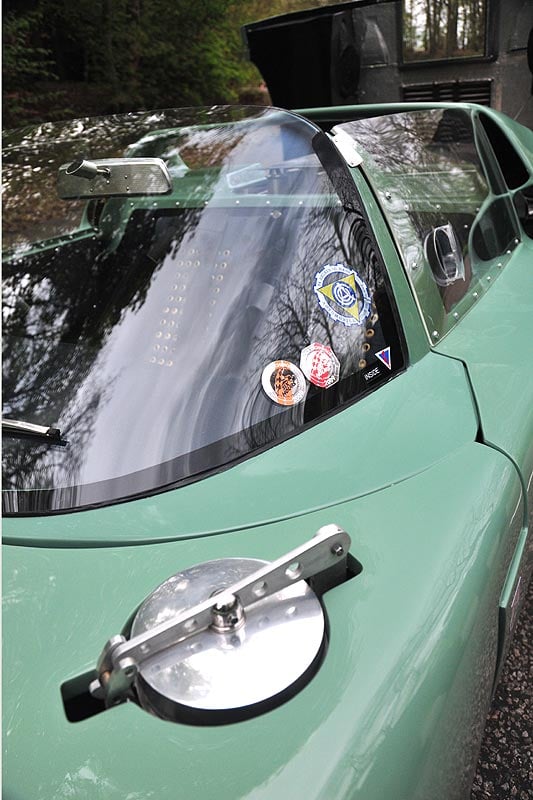
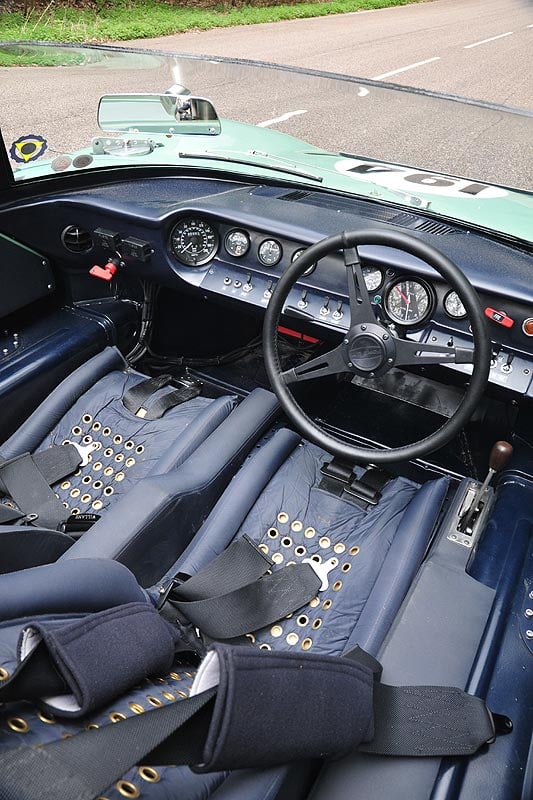
A new company, ‘Ford Advanced Vehicles’, overseen by Wyer, was tasked with both running a race team and productionising the new car, all from its base in Slough, just outside West London.
The original ‘Ford GT’ was a mid-engined sports car built for long-distance racing with an all-alloy, 4.2-litre Ford ‘Indianapolis’ V8 in the back, a steel monocoque from Abbey panels in the UK, and seemingly space-age bodywork influenced by much early computer work back at Dearborn, USA.
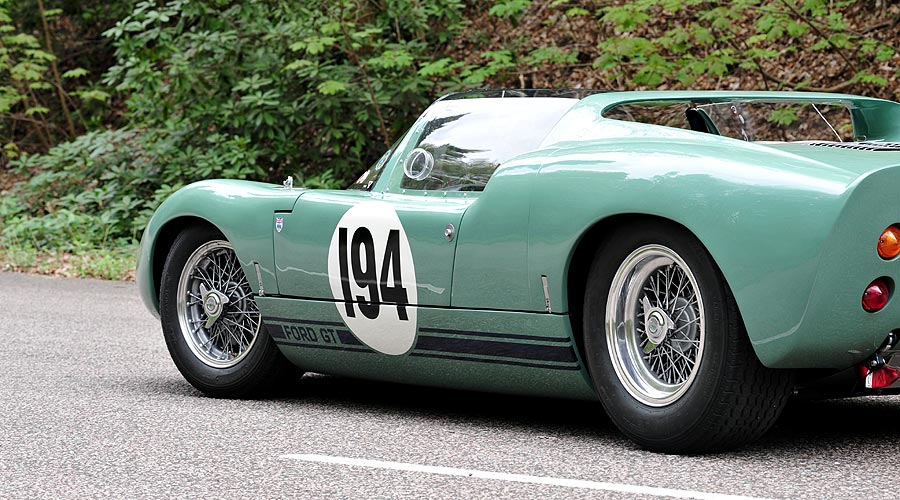
Unfortunately, for a whole host of reasons, despite showing impressive speed the cars were comprehensively beaten by Ferrari in 1964. At the end of that year responsibility for the racing team was handed over to Carroll Shelby, who duly won the 1965 season-opener at Daytona with a car now packing the tried-and-tested, all-steel 4.7-litre Cobra engine, but still with the troublesome Colotti gearbox.
Ford Advanced Vehicles (FAV) was still very active in developing the GT40 and was to run cars in several European events. And, although it was developed as a coupé, it was felt a roadster version would be more wieldy on tighter road circuits such as the ‘Ring or the Targa Florio.
This car, ZF gearbox-equipped chassis GT/111, was to run as a prototype at the 1965 Targa Florio where the American driver Bob Bondurant qualified well in fourth spot but was to crash out on lap nine (of ten), damaging the car seriously enough (at a time of an open FOMOCO cheque book...) for it to be discarded.
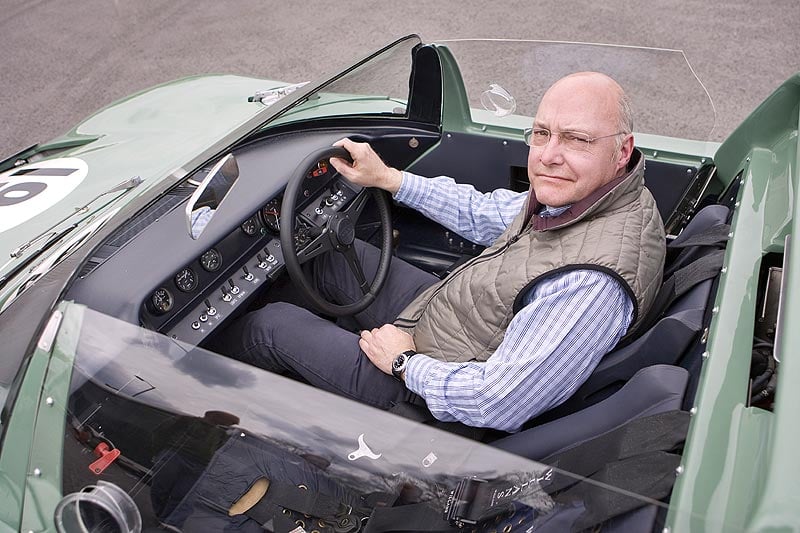
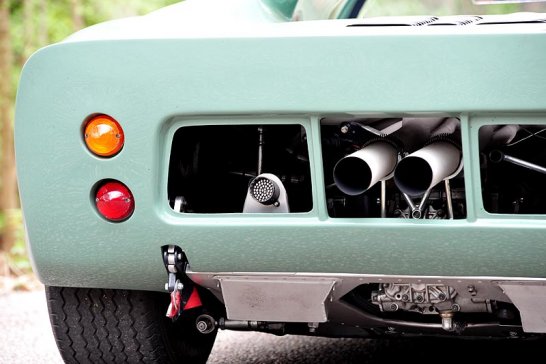
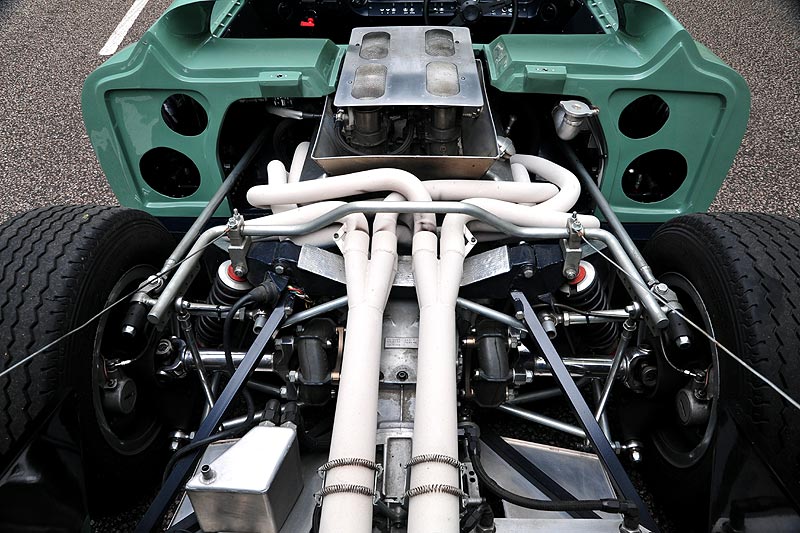
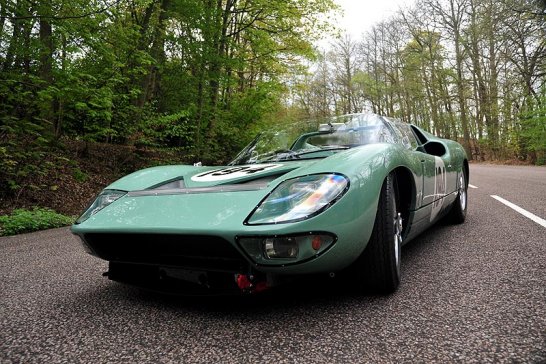
And there the story of GT/111 ended, until September 2006 when the remarkably original monocoque was discovered in a garage in East London. It was, beyond doubt, that of a prototype Ford GT, a roadster to boot and even had the magic ‘GT/111’ chassis plate to prove it.
‘Mr GT40’, Ronnie Spain, was called in to verify the car and confirmed that “it could only be the chassis of the missing Targa Florio car, GT/111”.
The current owner then embarked on a total restoration which included many other original, or original-specification GT40 parts, and he has subsequently actively campaigned it in top-class events such as the Le Mans Classic, the Spa 6 Hours and the Goodwood Revival. The pairing finished third overall in the 2009 Whitsun Trophy, the fastest race of the Revival weekend.
But note, please, that this is no modern historic racing ‘special’. The Weber-equipped engine produces a solid 425 – 450bhp and is to FIA specification. The original pattern parachute-silk seats, with their famous ‘GT40 brass eyelets’ are present and correct. When racing, a smaller steering wheel is fitted, but for today’s test the wide-diameter, period-type lies before the driver, with its ‘Ford GT’ boss reminding the driver that he is at the controls of what was then motor racing’s equivalent to a Saturn V.
For in 1965, a Ford GT40 was the best, most modern equipment available, developed with little regard to cost.
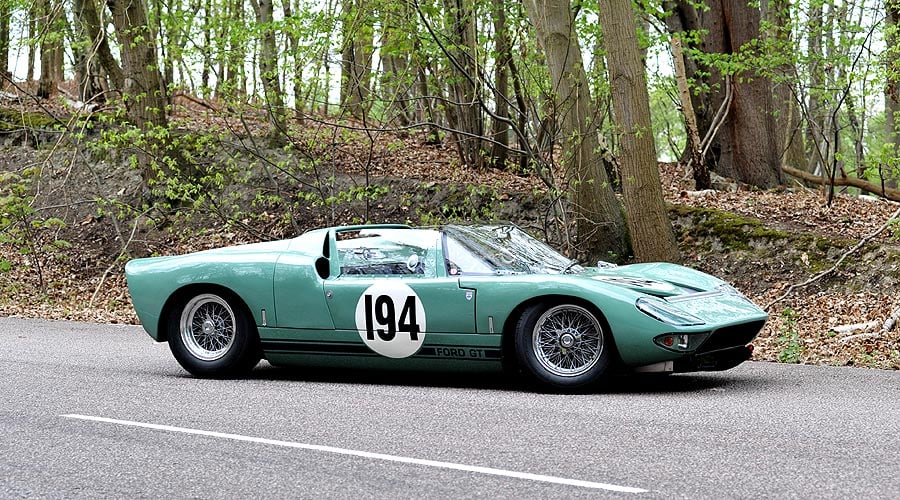
The driving position is a well-reclined one which allowed the designers to lower the roofline to that magic 40 inches off the ground (the '40' in GT40). This car has no roof, of course, and that endows GT/111 with a spacious feel. It’s a small car; just look at it parked next to a modern Ford GT.
Starting is via a button on the right-hand side of the Raven Blue-painted dash; fuel pump on, ignition on and – with a touch of throttle – the engine blares into life. You need to keep the revs above 2500 - 3000rpm for it to run cleanly and, with a slip of the clutch, the car then easily bowls out onto the track.
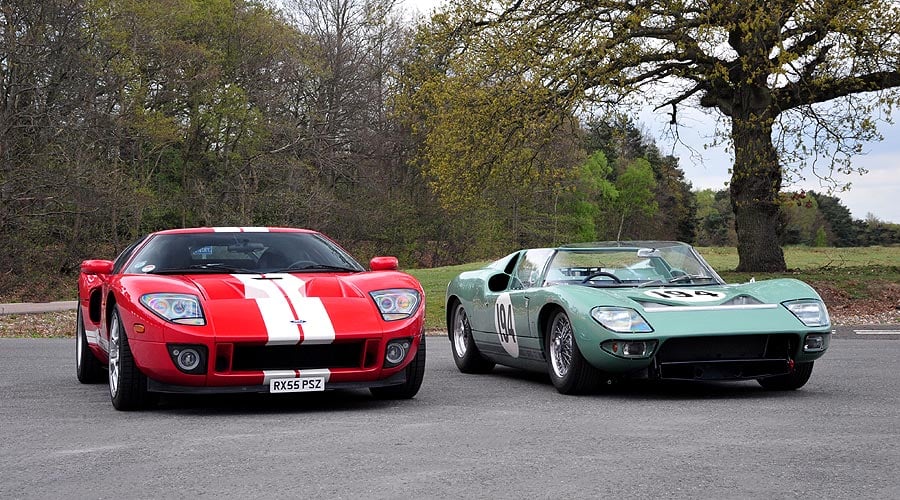
I was a little apprehensive about the non-gated gearchange, but once in the higher ratios the change is superb. First is dog-legged to the back and left but the change from fourth for fifth (and back again, with a glorious blip of the throttle) is sublime. As 'knives through butter' go, this one is as sharp as they come.
The tacho carries a red line at 6000rpm. Erring on the cautious side I kept the car to around 5000, but the performance from the engine in such a small overall package is astonishing. And let me take a minute to describe this engine – this is no typical US V8 with a ‘hunka-hunka-hunka’ throb. Helped by the famous GT40 design crossover exhaust pipes, the sound of the race-bred V8 is more Modena than Motor City.
It feels SO smooth; I felt I could drive it for 24 hours single-handed. The straight-armed and -legged driving position and the beautifully weighted, long-travel accelerator are perfect for long-distance events. Depress that throttle and the tree-lined test track passes in a blur. You'd need ear-plugs, though, as it is loud.... but in a very nice way.
The steering is a touch on the heavy side but, when racing, the throttle would counteract that – I had the impression of a tendency towards oversteer which gives it some ‘bite’ on entering a corner. On the road tyres we were running, at any rate.
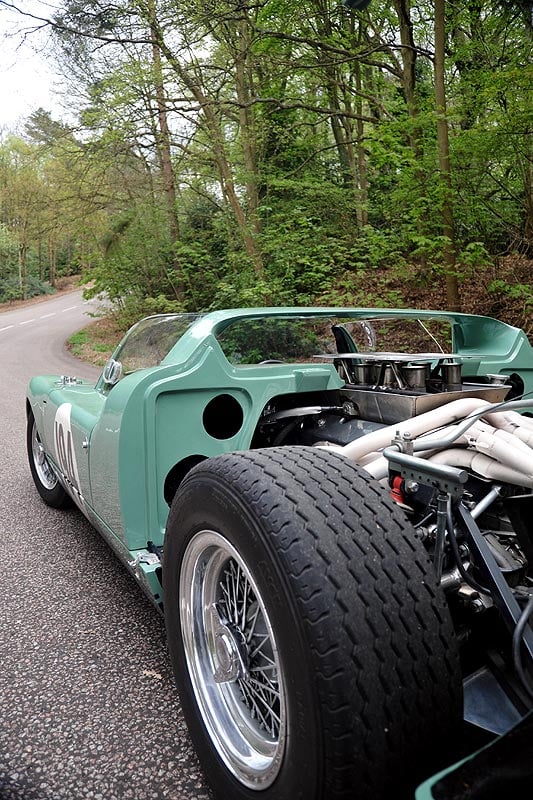
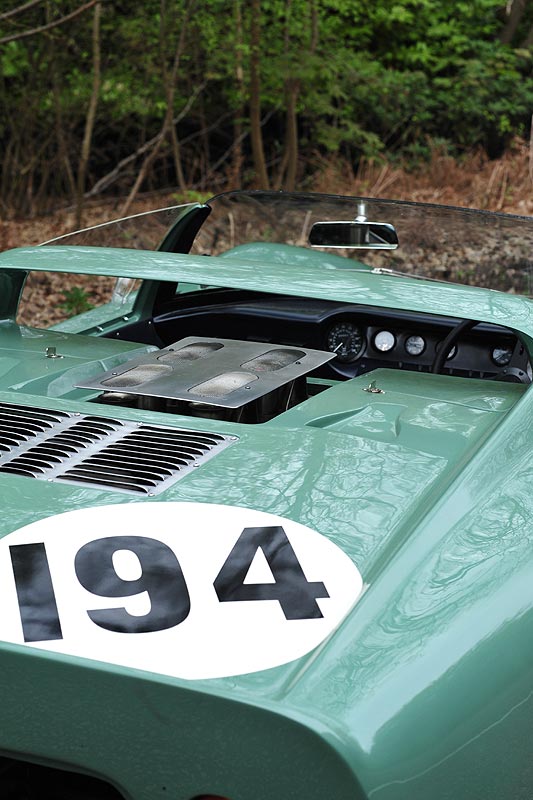
After a while the seat becomes progressively warmer, as the hot water running in pipes from the front-mounted radiator is exchanged with that of the hard-working engine sitting just inches from my head. The gauges show everything is normal, though, as this beautifully race-prepped car is used to much harder work.
It feels similar to the Ferrari 458 I drove only recently. Which says something about both cars, I suppose. The driving position, the handling, the irresistible thrust, the presence on the road.
It’s a very straightforward car to drive at fast road speeds and – I am sure – a very rewarding one to race. The steel monocoque, criticised at the time for its weight, endows a GT40 with a road car-type solidity missing from later cars of the period such as the Lola T70.
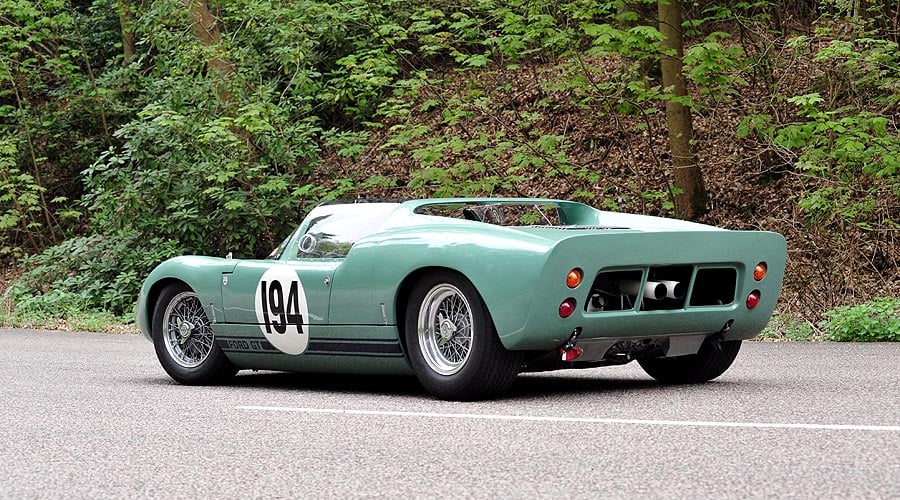
This Ford GT40 is, by some measure, the best car I have ever driven. There, I’ve said it (and not even mentioned ‘A Man and a Woman’).
It will be offered by RM this May at an estimate of 2,400,000 – 2,900,000 euros. Which puts the possibly apocryphal figure of $18 million that, in 1963, Enzo Ferrari initially asked Ford to pay for his company, into some perspective.
The ex-factory 1965 Ford GT40, in addition to 31 other superb cars, will be offered by RM Auctions on May 21 at Villa d’Este, Lake Como, Italy. To see all the entries in the Classic Driver car database please click here. You can also visit www.rmauctions.com, or email [email protected].
Photos: Classic Driver / Arno Lingerak

















